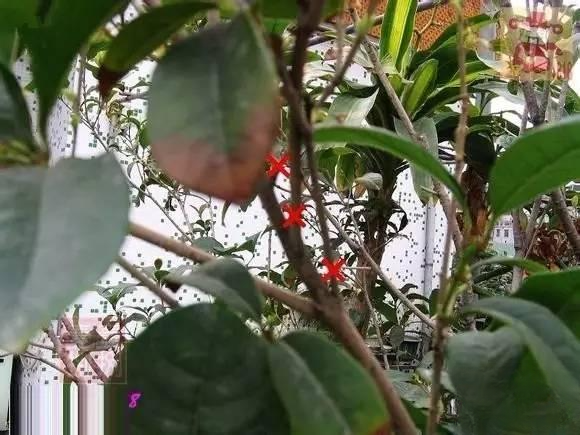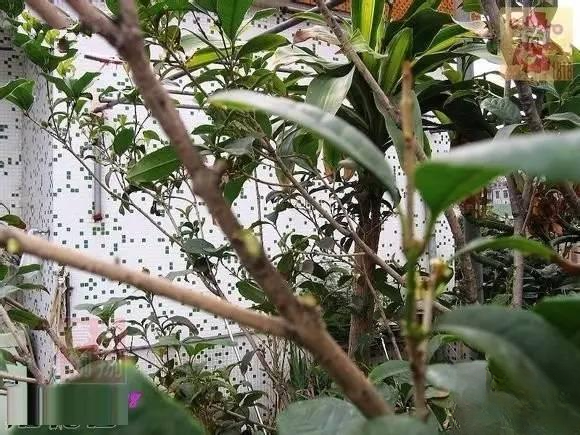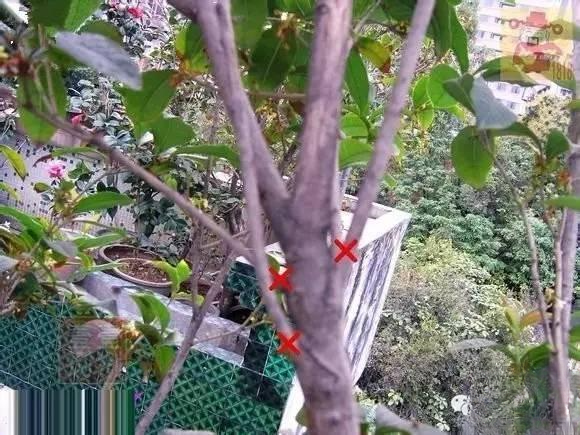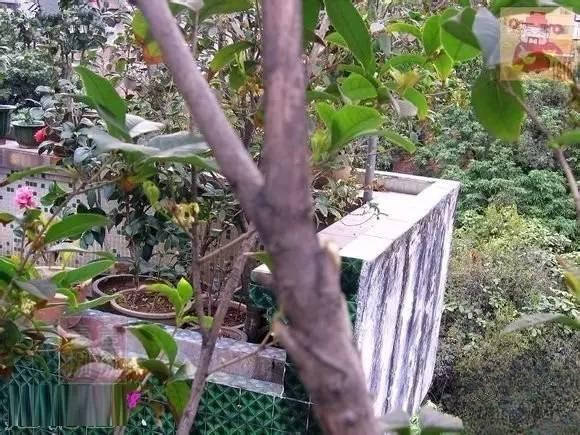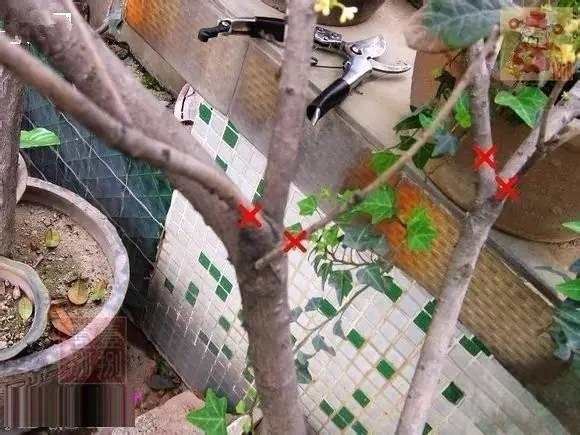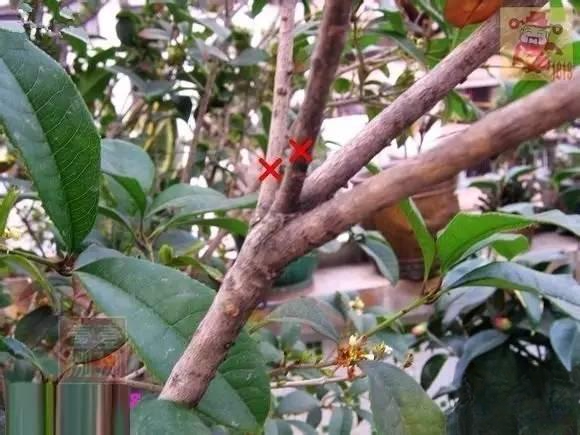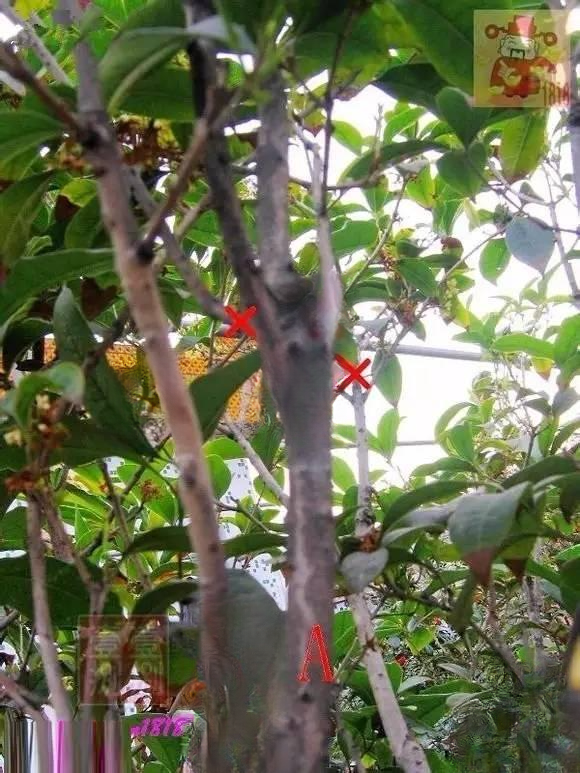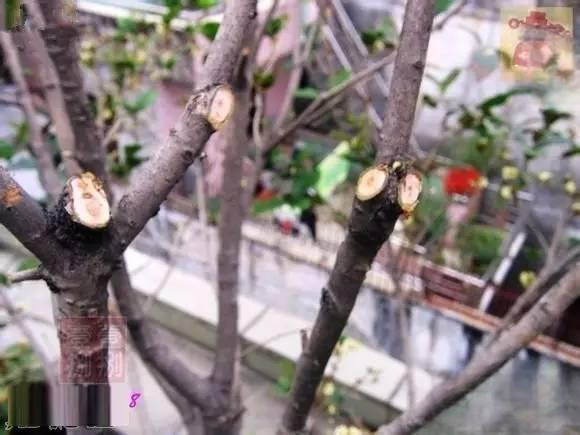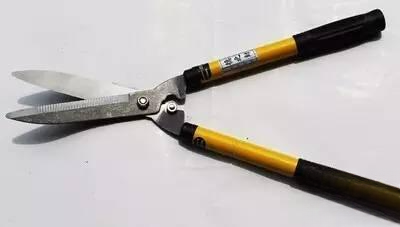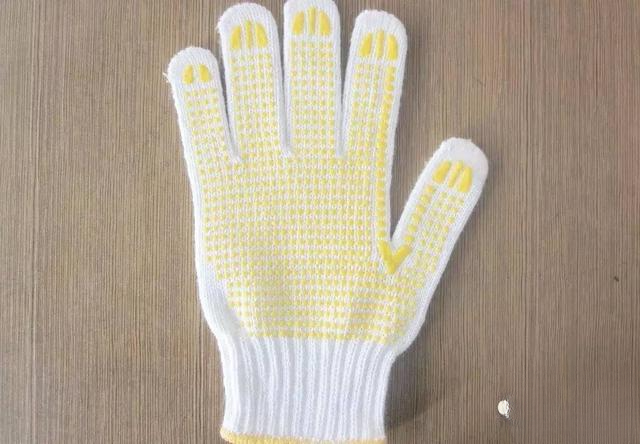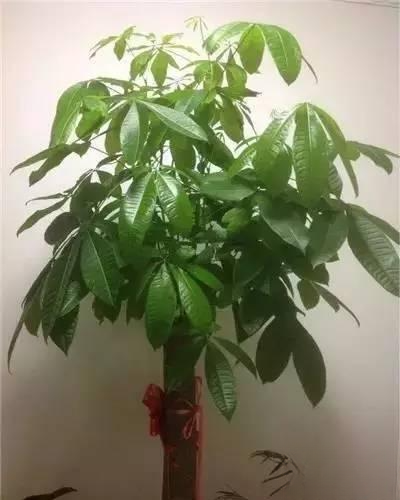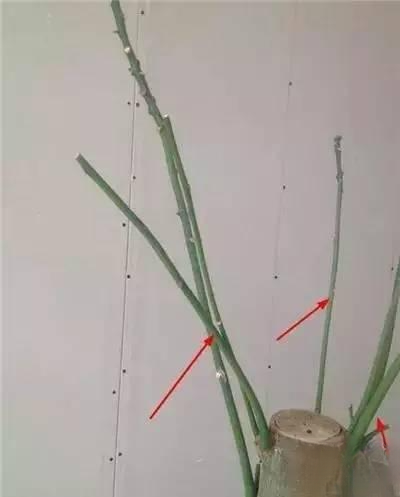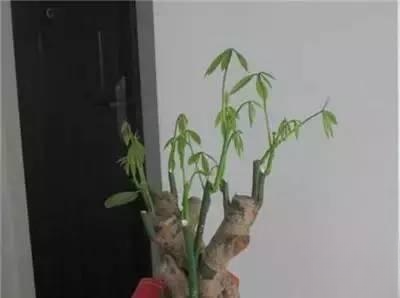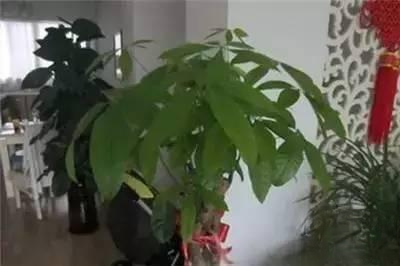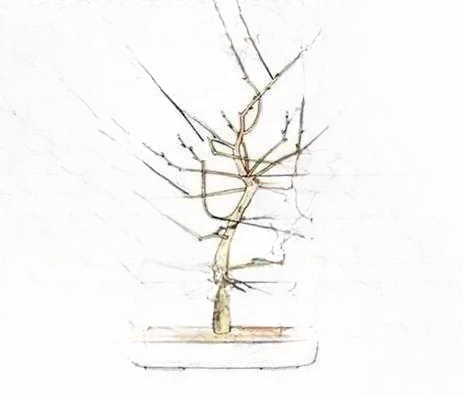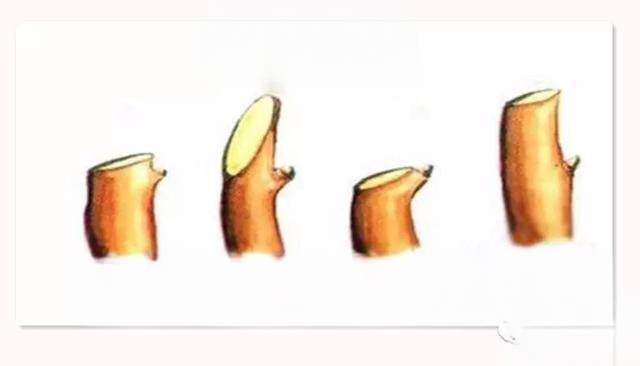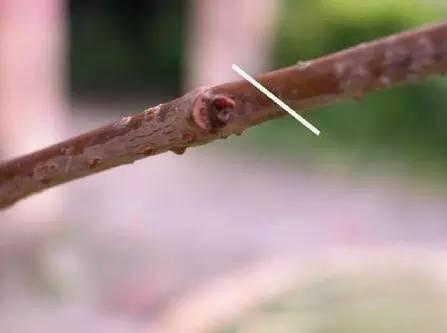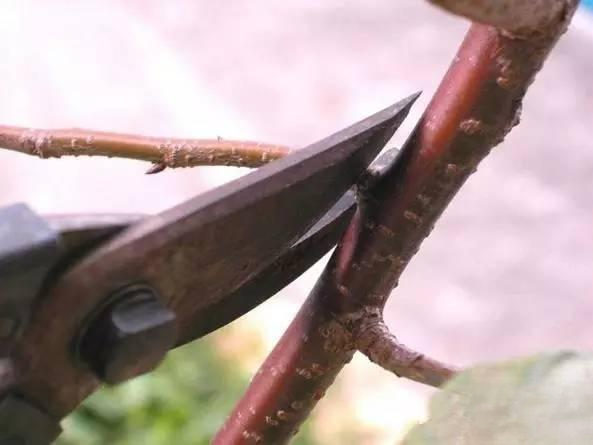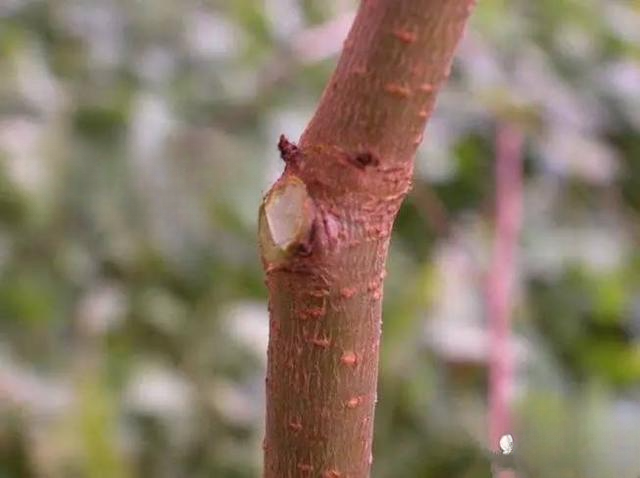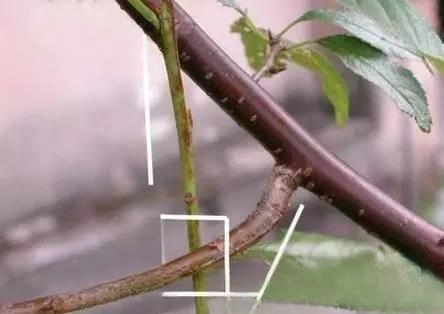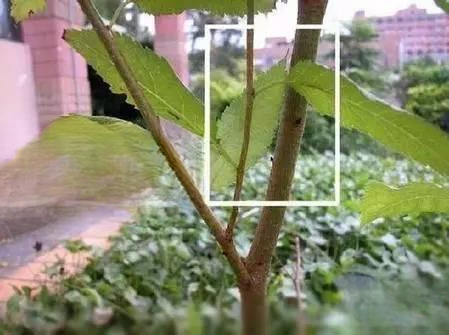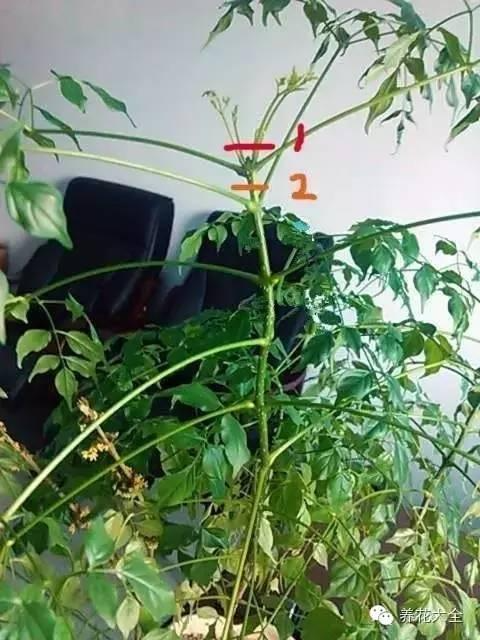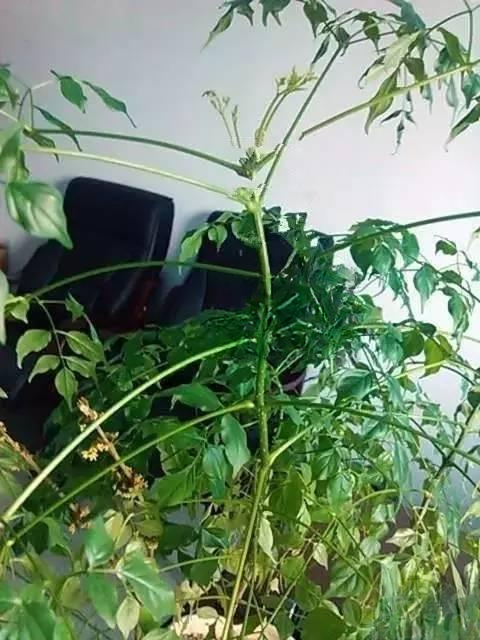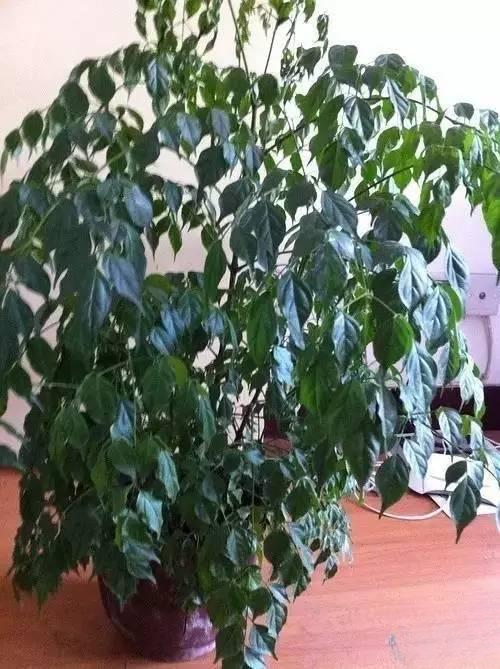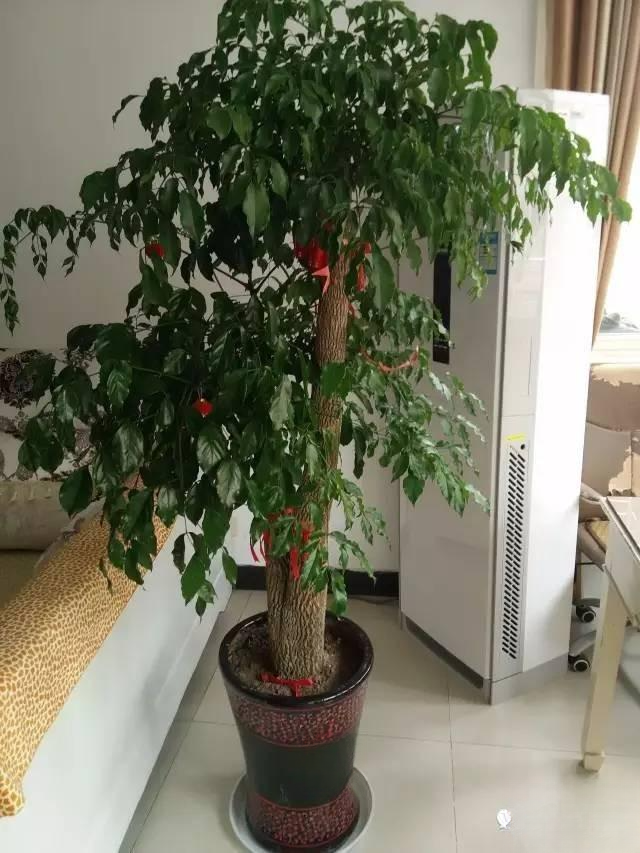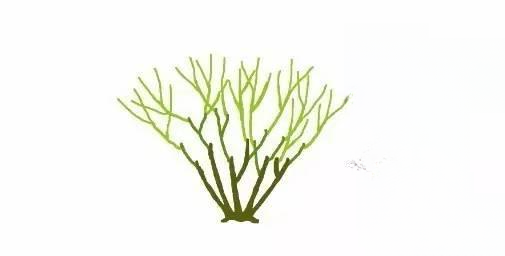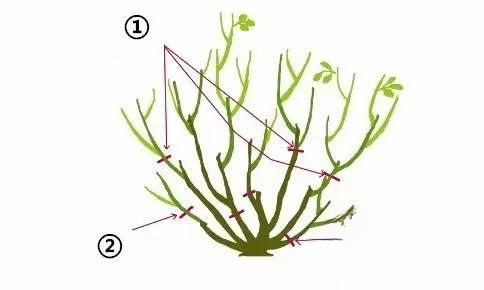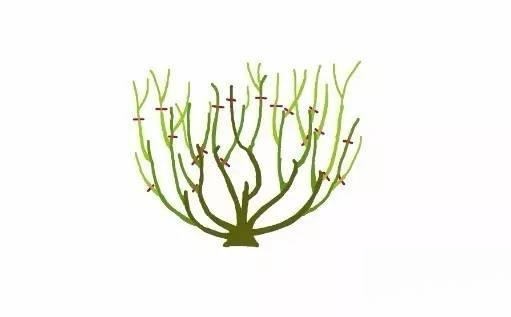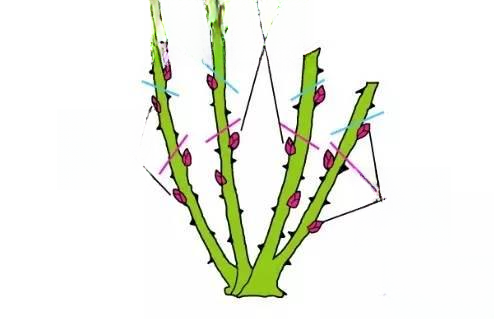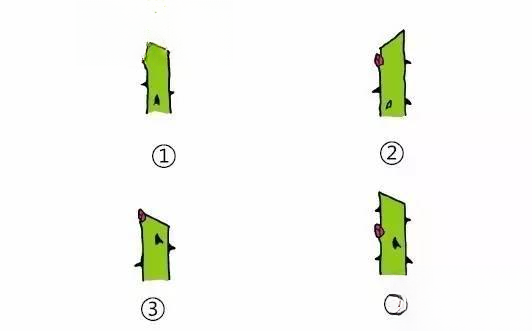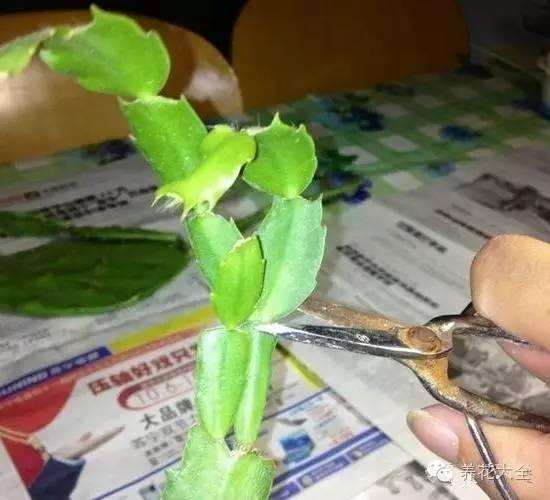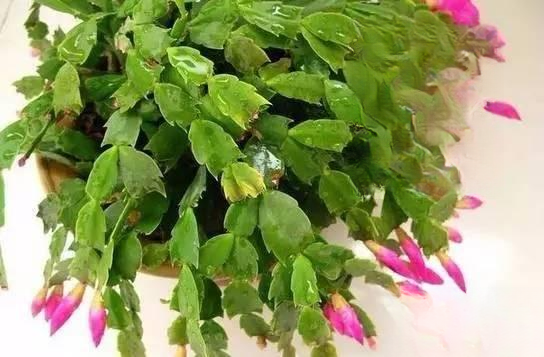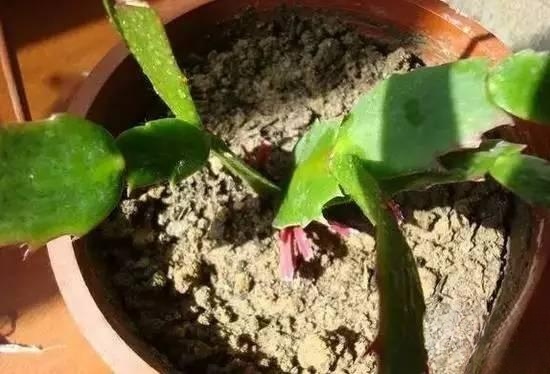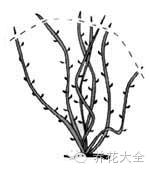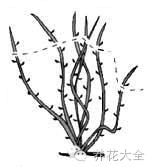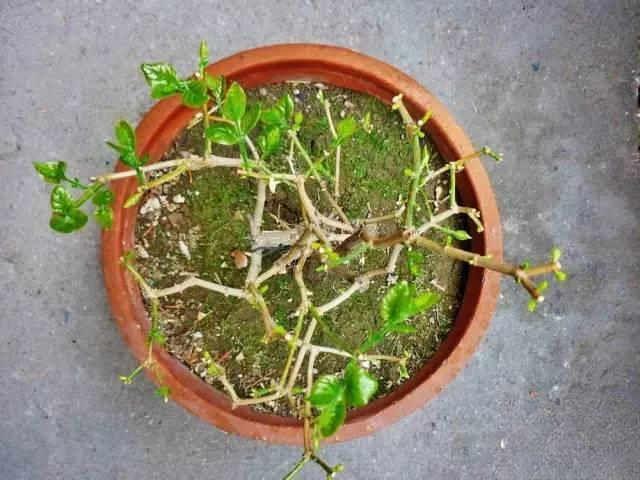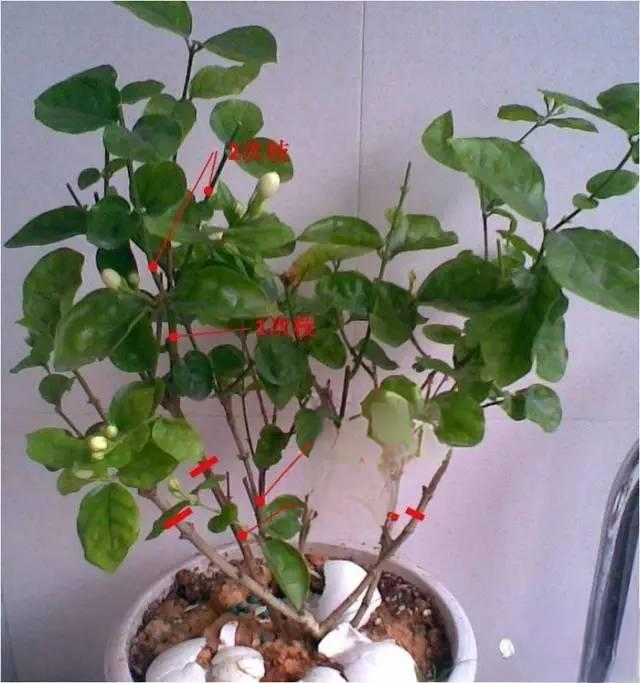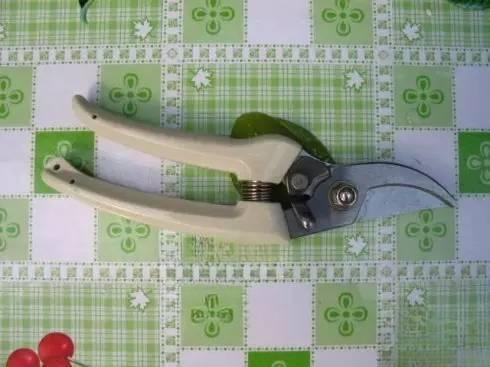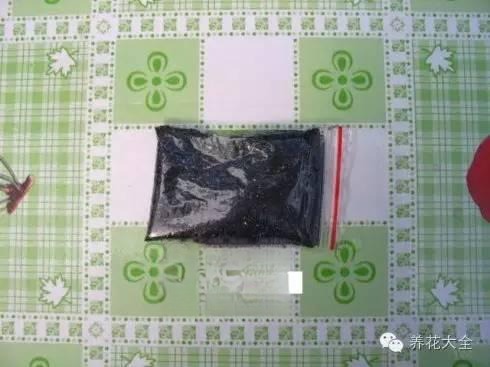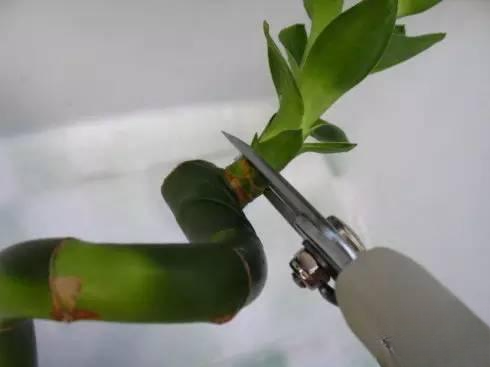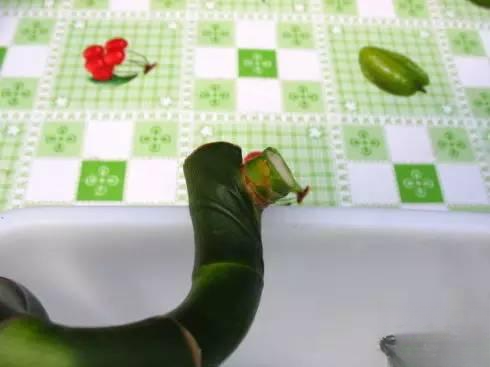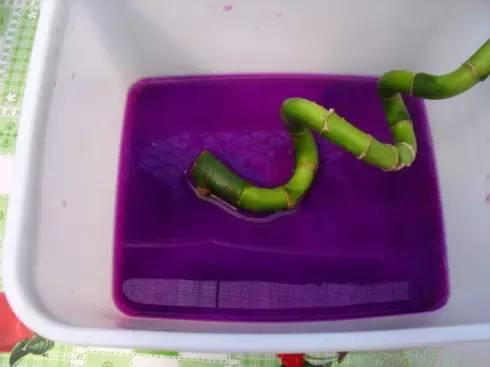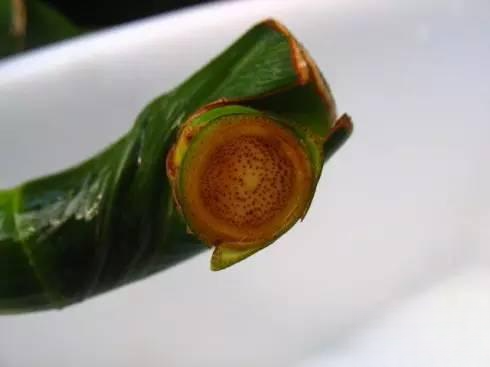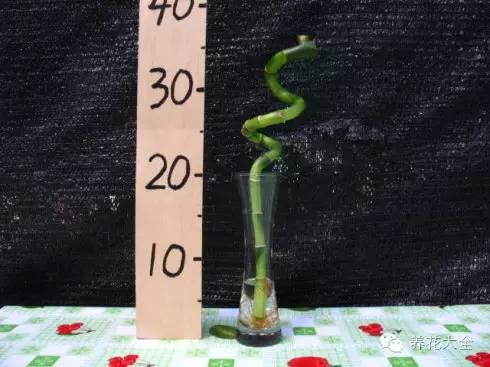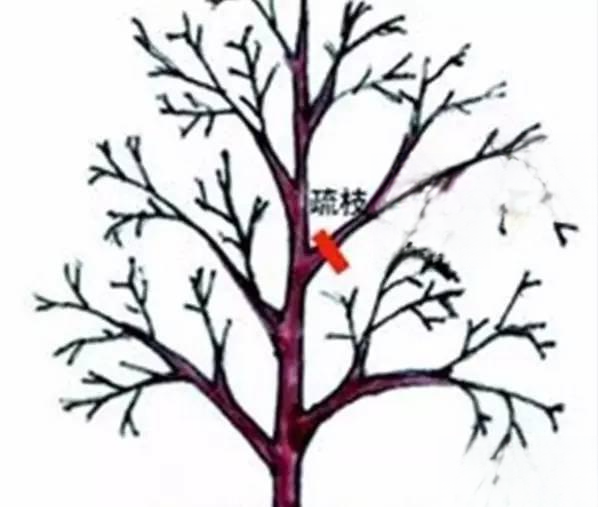Teach you how to prune flowers
1. Cassia
1. Consider pruning the densely spaced weak branches on the strong branches of the sweet-scented osmanthus tree to accumulate nutrients and reduce waste. Note: The red cross part is a pruning reminder
The following picture is a comparison of the osmanthus tree after pruning. The cut is as close to the branch as possible.
2. You may consider cutting off the overlapping young branches that sprout from the main trunk of the osmanthus tree to accumulate nutrients and reduce waste.
Comparison picture after pruning, the cut should be as close to the branch as possible.
3. For osmanthus trees with multiple branches, remove the weak ones and keep the strong ones. The red fork parts are pruning reminders.
4. The weak inner branches of the osmanthus tree that are densely spaced can be considered to be pruned off, and the red cross parts are pruning reminders.
5. A and B are parallel branches. If the branches are closely spaced, you may consider cutting off B. The red cross part is a pruning reminder.
After pruning the osmanthus, the cut should be as close to the branch as possible and smooth. The following picture is an example.
2.
Tools:
Gardening scissors are specially used to cut thick branches. Try not to use ordinary scissors at home, as they will not only wear your hands, but also cause the incision to be too large, affecting the subsequent recovery.
Gloves are also necessary. When pruning branches and leaves, it is best to wear work gloves to protect your hands to avoid being punctured by stems and branches.
Plants should be placed in an environment they like one month before pruning, and a thin layer of nitrogen-based liquid fertilizer should be applied. This way, after pruning, the money tree will have enough nutrients to sprout branches.
Pruning steps:
1. Take the big fortune tree as an example. The fortune tree below has a thick hat on its head, and its branches and leaves are a bit messy.
2. Cut off all the branches and leaves. Keep the small buds of the branches and leaves, which are the green parts in the picture, and keep about 10 cm. All the weak branches should be cut off, because their germination ability is weak and they will compete with other branches for nutrients.
3. If you are worried after pruning, you can apply some carbendazim for disinfection.
4. After pruning, place it in a place with dim light for maintenance. This is what it looks like after 22 days. Many new buds have grown, and sporadic leaves have emerged.
5. After one and a half months of pruning, it looks much smaller and more delicate than before.
Differences in pruning between large and small fortune trees
To grow a fortune tree, you need to remove the overgrown branches and keep the strong branches. You can cut off all the branches and remove the weak branches appropriately.
Small fortune trees are different. A height of less than 30 cm can be considered a small variety. This type of fortune tree is not suitable for pruning. During the growth process, it is necessary to allow it to continue to grow thicker and taller, and remove the side buds in time.
3.
1. Know the branches:
Before pruning bougainvillea, you must first figure out which branches need to be pruned, as shown below:
Upright branches: branches that grow upright in the crown of a tree.
Drooping branches: branches with the tips drooping downward.
Parallel branches: Two branches are on the same horizontal plane and extend parallel to each other.
Overlapping branches: Two branches are in the same vertical plane, overlapping each other.
Dead branches: branches without life.
Leggy branches: branches that protrude outside the crown of the tree.
Inner branches: short branches sandwiched between the main branches.
Reverse branches: branches that grow toward the center of the crown and intersect with the main trunk or main branches.
Whorled branches: Several branches grow out from the same node or very close to each other at the same time and extend radially in all directions. These branches are called whorled branches.
2. How to prune:
1. How to make an incision?
The position of the knife is as follows
2. When pruning bougainvillea branches, the oblique blade of the scissors should be close to the main branches
The effect of cutting close to the main branch is as follows
3. Downward branches, vertical upward branches, and crossing branches all need to be removed.
4. If there are two parallel branches, you need to remove the weaker one.
4.
1. Topping
Pinch or cut off the top of the main stem or side branches of the lucky tree by hand to promote the germination of the axillary buds below, inhibit the excessive growth of the branches, encourage the plant to branch more, and form more flower heads and a beautiful plant shape.
If you want more sprouts to grow under the lucky tree, you can use this method~ For example, the pruning at positions 1 and 2 in the picture below is called pinching.
2. Wipe your head
The lucky tree can be maintained indoors, and the trunk or side branches that grow too high can be sawed off at any time, provided that the average room temperature is above 18 degrees.
If you take good care of it after wiping it, the lucky tree will be rejuvenated! You can prune it at position 4 or lower in the picture below.
3. Thinning
Including thinning branches, leaves, buds, flowers and adventitious buds, etc. When the lucky tree grows too vigorously and the branches and leaves are too dense, some of its branches should be thinned out in time, or the dense leaves should be removed to improve ventilation and light conditions.
Don't be reluctant. After all, if the branches and leaves are too dense, it will have a bad impact on the lucky tree itself.
4. Plastic surgery
The lucky tree usually has one main trunk and multiple side branches, so you only need to prune the side branches.
It is best to prune the side branches in an irregular long triangle shape. That is, when the middle side branch is headed (the branch head is sawed off), it should be left higher than the side branches on both sides. This way, the shape will be better when new buds and leaves grow out.
May
1. Branches that need to be trimmed
Dead branches, branches damaged by pests and diseases, branches thinner than a pencil, inner branches (branches surrounded by outer branches), etc. Cut these branches directly from the base.
2. Schematic diagram of winter pruning:
The intensity of pruning depends on the variety of roses and the growth rate of the plant. Generally, after pruning, the third flower bud below the cut will become a flowering branch.
3. Pruning method of large-flowered tea roses:
① In the middle of the flowering branch in May last year, find the strong buds facing outwards and cut off the upper part about 5mm above the bud point.
② For the new bamboo shoots that sprouted last year, prune them on the first section (prune the new branches after flowering) to prevent them from elongating excessively.
③ Prune the old branches from the base close to the roots, and also cut off the thin branches and dead branches.
Summary: If you cut off 1/2 to 2/3 of the branches (medium pruning and heavy pruning), the number of flowers will decrease next year due to the small number of flower buds. However, this is a pruning method that fits the system and allows it to bloom plump, gorgeous large flowers.
4. Pruning method of old roses:
① Cut off thin branches and dead branches.
② Just slightly cut off the tips of strong branches (some branches with thin tips, and the tops of branches with more branches after flowering).
Note:
Old roses also need winter pruning. The pruning methods vary according to the tree type. But generally the amount of pruning should be less than that of large-flowered roses, leaving more branches. Too heavy pruning will inhibit the growth of flower buds. 5. How to prune branches
The buds that face the center of the plant are called inner buds, and the buds that face the outside are called outer buds. Pruning is basically done at the outer buds.
①
Pruning at the position marked by the blue line is the correct pruning method. The branches grow outward to ensure ventilation and light for the plant. ②
Pruning at the positions marked by red lines is an incorrect pruning method. The branches will grow inwards and easily get squeezed together, which will affect the ventilation and lighting of the plant. 6. Position and angle of branch pruning:
①The correct cutting method is to cut obliquely parallel to the bud point 5~8mm above the selected strong bud.
② This is the wrong way to cut. If you cut too close to the bud point, the bud will not germinate.
③ is the wrong way to cut, the trimming angle and the bud point are in opposite directions.
④ is the wrong pruning method. The upper part of the bud is kept too long, which can easily cause black branches from top to bottom.
Note:
The cutting position should be 5~8mm above the strong bud, and the cutting should be parallel to the bud. Please use the correct method to prune at the selected strong bud. Be sure to choose a sharp pair of scissors. If the scissors are too blunt, the cutting edge will break and easily cause dead branches.
6.
1. After the flowers fade
After the Christmas cactus flowers fade, remove the remaining flowers in time, shorten the 3 to 4 stem nodes below the flowers, and thin out the aging stems to facilitate ventilation and later maintenance.
2. During the growth process
Christmas cactus grows rapidly. During the maintenance process, sometimes 4 to 5 new branches will grow on one node. At this time, they should be cut off in time, leaving 1 to 2. If there are many thin flower buds on the stem nodes, some should also be removed to make the flowers of uniform size and bloom more vigorously.
3. When growing for 3 to 5 years
After 3-5 years of growth, the leaf stem of Christmas cactus can basically reach 20-30 cm. At this time, thick iron wire should be used as a support and wrapped around the pot. A round support is placed on the top, and the long branches are directly tied to the ring to prevent the stems from being scattered. After processing, the uneven stems are cut off to make the plant umbrella-shaped, which is conducive to the photosynthesis of the plant and display and appreciation.
4. When the plant is too large
If the maintenance environment is suitable, Christmas cactus will grow rapidly, and the plant height will reach more than 50 cm, which is not conducive to viewing. You can cut the stem nodes short in spring and cut off the overcrowded and aging branches. After thinning, the new branches will be green and strong. If they still grow wildly, you can prune them again in autumn. Pay attention to choosing sunny days for pruning, and do not prune in summer.
7
When pruning clematis, you should first select the strongest buds at a certain height on the branch and prune off the upper part, but do not prune the woody branches. If you prune before this, it will result in no flowers that year.
1. Proper trimming of the top
2. Prune weak branches and tips, retain strong buds▲
Note:
In fact, pruning is generally not required during daily cultivation. Just cut off the dead flowers and branches that are too thin and weak in time.
For those seedlings that have just been planted in the autumn and winter of the first year and have only grown a few buds, there is no need to prune them; in the late autumn of the second year, heavy pruning is generally recommended, which can promote root growth and grow more sturdy new branches.
8
Principles of Pruning
Lowering the plant height allows it to produce more new branches, bloom more flowers, and increase the renewal of old branches.
Dormant pruning method
Cut short the tips of annual branches, leaving 10-15 cm at the base; remove all leaves from the tree. Also remove weak, introverted, diseased, insect-infested, and yellow branches and leaves to facilitate nutrient absorption for next year's growth, so that the tree can grow vigorously and bloom beautifully.
Trimming example:
Overall, this pot of jasmine is relatively old and weak, and the branches are very thin. For such jasmine, "heavy pruning" is needed. The pruning position is shown in the picture. Leave the 4 strongest old branches and cut off the others. Only the base of the old branches is left. The ones left in the picture are still relatively long. It would be better to leave 1~2 sections below. What will it look like after pruning? It is just 4 small sections of bare stems.
9
1: Tools needed to prune lucky bamboo
The tool is simple, a pair of gardening shears. Of course, ordinary household scissors can also be used, but they must be sharp.
Potassium permanganate is available in general pharmacies for 1 yuan per bag. Just add a little bit when using it. One bag can be used for a long time and is a good disinfectant.
2. Pruning method
1. Use scissors to cut off the buds, about 0.5 cm away from the mother plant. (One cut will do the job)
2. The incision after trimming.
3. After that, let the incision dry, and then soak it in potassium permanganate solution for 30 minutes for disinfection to prevent infection.
4. The incision will look like this after disinfection.
5. Finally, put the lucky bamboo back into the bottle for maintenance.
10
Dormant pruning:
1. Short cutting, also known as pruning, is to cut off part of the annual branches. This is the main method of pruning during the dormant period.
Generally, light pruning is adopted for young trees to help them bloom and bear fruit earlier. Heavy pruning is adopted for weak branches on mature trees to stimulate the germination and growth of lateral buds, which is conducive to the formation of a full tree shape.
2. Thinning branches, also known as thinning and pruning, is to cut off the branches on the crown from the base of the branches.
The branches that are pruned generally include dead branches, competing branches, diseased and insect-infested branches, unnecessary drooping branches, cross branches and overlapping branches, etc. The main function is to improve the ventilation and light transmission inside the gardenia, which is conducive to the growth and development of internal branches and regulates the growth potential of flowers and trees.
3. Pruning refers to shortening branches that are 2 years old or older.
Pruning is a method of shortening branches, which is also an important measure for shaping and maintaining the shape of gardenia trees.
